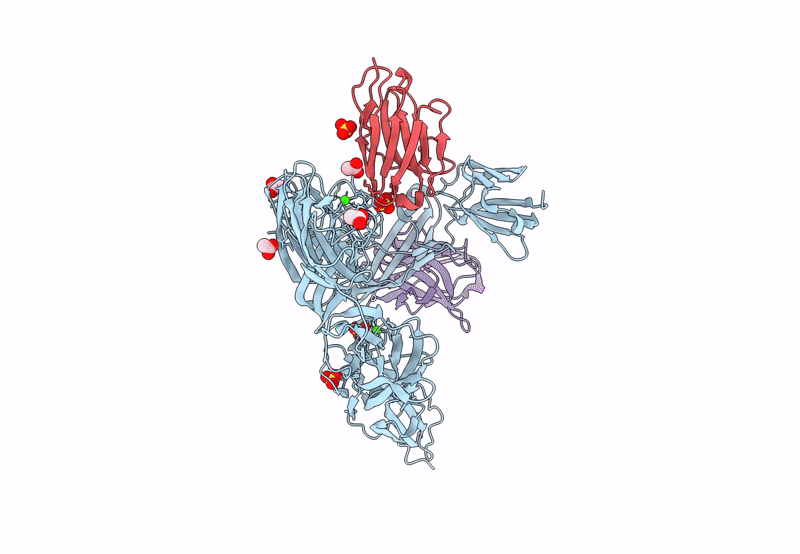
Deposition Date
2023-04-07
Release Date
2023-11-08
Last Version Date
2024-11-06
Entry Detail
PDB ID:
8OPR
Keywords:
Title:
Structure of the EA1 surface layer of Bacillus anthracis
Biological Source:
Source Organism:
Bacillus anthracis (Taxon ID: 1392)
Lama glama (Taxon ID: 9844)
Lama glama (Taxon ID: 9844)
Host Organism:
Method Details:
Experimental Method:
Resolution:
1.81 Å
R-Value Free:
0.24
R-Value Work:
0.20
R-Value Observed:
0.20
Space Group:
P 1


